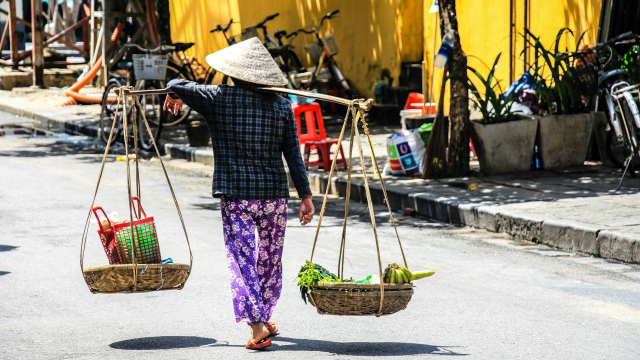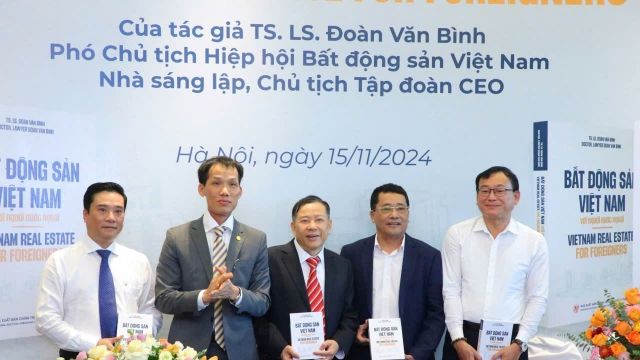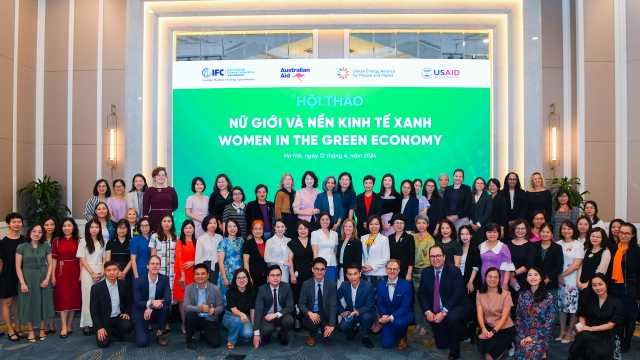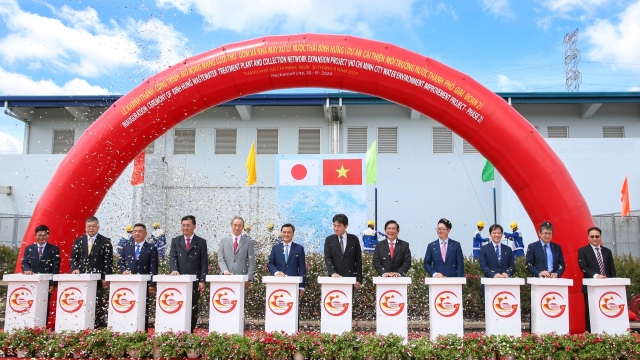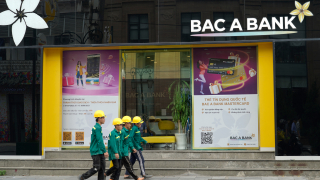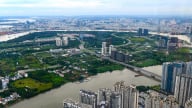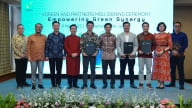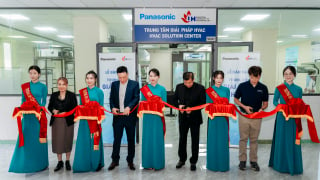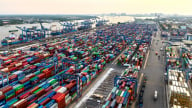National Focus
Reducing trade costs can improve Vietnam's competitiveness in the ASEAN region
While Vietnam has made great progress in reducing tariffs, there remains significant potential to reduce trade costs through rationalization of non-tariff measures or specialized controls, more efficient border management and logistics.

On June 14, at the press briefing on Taking Stock, the World Bank’s latest economic update for Vietnam, it was forecasted Vietnam’s economic growth momentum remains robust at 6.8 percent in 2018 together with broad macroeconomic stability.
This growth was mainly driven by the increase in global demand and also the recovery in investment from foreign direct investment (FDI) and private- sector, and an ongoing shift of the labor from agriculture into more productive manufacturing and service sectors.
Real GDP increased to nearly 7.4 percent in the first quarter of 2018, favouring from a beneficial external environment, with global GDP growth forecasted to climax at 3.1 percent during 2018.
The trade balance of Vietnam continued to enhance due to strong trade performance and FDI inflows, devoting to the overall current account surplus, predicted at 6.8 percent of GDP.
Additionally, the exchange rate has been relatively stable while reserves continued to increase, achieving about $63 billion in the first four months of 2018, equal to around 3.6 months of imports.
Against the backdrop of low inflation, monetary policy remains accommodative. Vietnam’s consumer price index has been ticking up slightly at 2.8 percent (year on year) in the April 2018, driven by electricity and health services price hikes.
Rapid credit growth and abundant liquidity could worsen volatility in Vietnam's financial markets, especially against the anticipated tightening of global monetary conditions.
“The current favorable economic conditions with high growth and low inflation offer a unique opportunity to push ahead with reforms,” said Sebastian Eckardt, Lead Economist for the World Bank in Vietnam.
“Prudent macroeconomic policies should be accompanied by comprehensive and deep structural reforms, including regulatory reforms to remove barriers to and reduce the cost of private sector activity, human capital and high-quality infrastructure investments, and further reforms to enhance productivity of state-owned enterprises,” he said.
In spite of the short term developments, many issues still present that there remain potentials to be improved. One of which is high trade costs of Vietnam in the ASEAN region.
In particular, the cost of policy barriers of Vietnam remains relatively high, of which documentary compliance and border compliance (to comply with specialized control measures and procedures before and at the border) are the costliest in terms of times it take.
These high costs significantly impact to Vietnam’s competitiveness as Vietnam export is low value-added (depending mostly on imported materials), cutting time and cost for import should be prioritized.
As a result, Pham Minh Duc, senior economist of the World Bank suggested that given this cost structure, interagency coordination and the partnership with the private sector should be strengthend to cut cost.
Economist Pham Minh Duc also recommended few priorities to promote trade facilitation including applying international standard, improving specialized controls administration, improving transparency by applying harmonized system codes, enhancing the efficiency of specialized controls.
Additionally, priority should be also given to support Ministry of Agriculture and Rural Development, Ministry of Industry and Trade and Ministry of Health, the three ministries that share 74 percent of the total number of specialized control measures as the biggest cost items.
“Vietnam’s high economic growth in 2017 and in the first quarter of 2018 is impressive and gives the country a firm foundation to move forward," said Ousmane Dione, the World Bank Country Director for Vietnam.
This period of robust economic activity is a great opportunity to invest in human capital, so that the country can address the challenge of maintaining this growth momentum,” he added.
Vietnam’s medium-term outlook has improved further since the last Taking Stock release in December 2017. Real GDP is projected to expand by 6.8 percent this year before moderating to 6.6 percent in 2019 and 6.5 percent in 2020, owing to an expected slowdown in global demand. In addition, inflation is also predicted to remain around the four percent government target.
WB raises forecast for Vietnam's economic growth to 6.8 per cent
Lives under the scorching sun: Outdoor workers racing against climate change
Under unforgiving conditions, the outdoor workers - the backbone of urban economies - endure the harshest impacts of climate change while remaining overlooked by social safety nets. Their resilience and struggles highlight the urgent need for better protection in the face of rising temperatures and precarious livelihoods.
CEO Group chairman unveils guide to Vietnam real estate for foreigners
Doan Van Binh, Chairman of CEO Group and Vice President of the Vietnam National Real Estate Association, introduced his latest book, “Vietnam Real Estate for Foreigners,” at a launch event in Hanoi on Friday.
Women leading the charge in Vietnam's green transition
Acting for increased women’s participation and leadership in climate action, Vietnam can accelerate a transition that is more inclusive, just, and impactful.
Steam for girls: A journey of passionate and creative girls
The "Steam for girls 2024" competition provides a creative platform for Steam and an opportunity for students to connect with peers from various regions within Vietnam and internationally.
Politburo backs North-South high-speed railway proposal
The Politburo on Wednesday supported a plan to invest in a high-speed railway along the country’s North-South axis, marking a crucial step for the multi-billion-dollar project aimed at boosting economic growth and infrastructure development.
Ho Chi Minh City inaugurates Japan-funded wastewater treatment plant
Ho Chi Minh City has inaugurated the expanded Binh Hung wastewater treatment plant, now the largest facility of its kind in Vietnam.


















